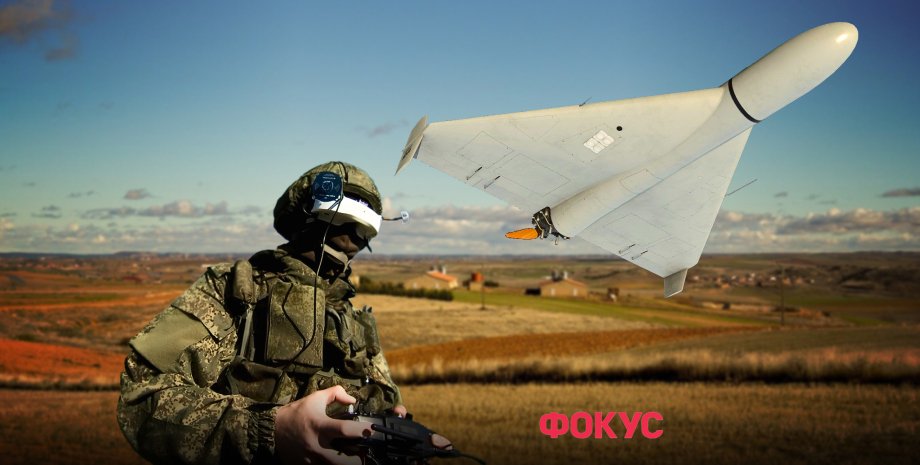
 By Natali Moss
By Natali Moss
The drone at the low height moved above the fields, and several hundred meters from the transmission line began to rise higher, as if he knew about the obstacle in the way. The military-political observer of the project "Information Resistance" Alexander Kovapenko in his Telegram-channel provided two possible explanations. According to the first variant, the Russian operator managed Shahheda in real time, noticed a transmission line and gained height in advance.
According to the expert, in this case, the Ukrainian air defense system will be much more difficult to knock down the drones, as they will be able to evade and quickly adapt to the situation. The second option: the invaders prescribed the drone route so much so that it can make maneuvers to an accuracy of meters. According to the expert, both options are a threat to Ukraine.
Here, Alexander Kovalenko also sees a significant threat, because in this case the Armed Forces of the Russian Federation studied in great detail the area through which routes are laid. If he knows about the location of transmission lines, there may be other information, such as the coordinates of important goals or the positions of air defense. The ability to change routes or control drones in real time is quite real, Russia has been experimenting for a long time in this direction.
For example, in October the tactical group of the Armed Forces of the Russian Federation "Stalin Falcons" placed a video of allegedly from the Shahaneda course chamber. Operators can be expected to operate a large real-time drone like an FPV-arable.
In order to implement this, the Russians need to be equipped with a "chewa" both an optical system and a reliable means of communication, capable of transmitting a "picture" a long distance, Ukrainian expert in military technology said in an interview with focus. According to him, the shotgun "Shahanedi" found systems that provided direct radio channels for the transfer of videos from the Kursk region of the Russian Federation. However, they only act at a short distance.
Much further, the connection makes it possible to maintain satellite Internet Starlink, in this case the range is almost unlimited to cover, and in the territory of Ukraine it is, even in the occupied territories. The downside here is only the high cost of equipment. In Telegram, Russians say that they buy terminals for about $ 1,500 with accounts, and also requires an onboard computer capable of receiving, processing and executing the operator's commands.
It is not so much money for Russian military vehicles, but it is difficult to buy Starlink in terms of sanctions, and they become disposable when setting up on Shahped. In general, navigation and communication systems are the most expensive components of any UAV. Russian engineers have also been put on the Shakhaned LTE-Modemes with Ukrainian SIM cards since 2023. Kryvyi Rih, engineer and developer from Kryvyi Rih, said that this also allows them to control them in flight.
This does not even require the Internet - just SMS is enough to convey the UAV regularly its coordinates and flight parameters. The founder of the volunteer initiative for the production of electronic struggle "Antidron Ukraine" Sergey Gerasimyuk in the comment "Focus" said that to make a drone management system through mobile communication is quite real - it turns out ordinary Internet of things (Internet of Things or IOT).










All rights reserved IN-Ukraine.info - 2022